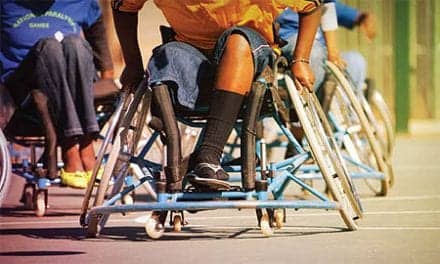
The system also aims to reduce failure rates in knee-replacement procedures, reducing the need for revision surgery and improving function of the new knee. The VERASENSE Knee Application and VERASENSE Sensors target the quantification and verification of proper rotation, alignment, and load of the knee implant during TKR.
Elvis Grandic, MD, orthopedic surgeon, Bethesda Health Inc, emphasizes the importance of this verification. “If soft tissues are too tight, the knee cannot regain its full range of motion; if too loose, the joint may become unstable; if loaded excessively on one area, an implant will fail prematurely.”
Bethesda Orthopaedics notes that the VERASENSE Sensor replaces the standard tibial trial spacer and is inserted between the femoral and tibial components of the knee implant. It uses feedback provided by the sensor to tailor implant positioning and to balance the soft tissues. The VERASENSE features sensors, accelerometers, and microelectronics engineered to quantify joint balance, load, and alignment intraoperatively. Upon finalization of the implant’s position, the instrument is removed and replaced with a permanent implant component.
The VERASENSE Knee System is designed to measure and wirelessly transmit data to a dynamic graphic display, allowing for the visualization and quantification of joint balance, alignment, and load.
[Source: Bethesda Health Inc]





